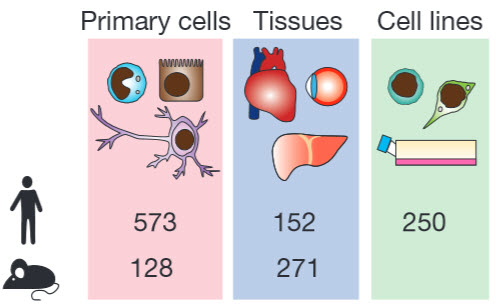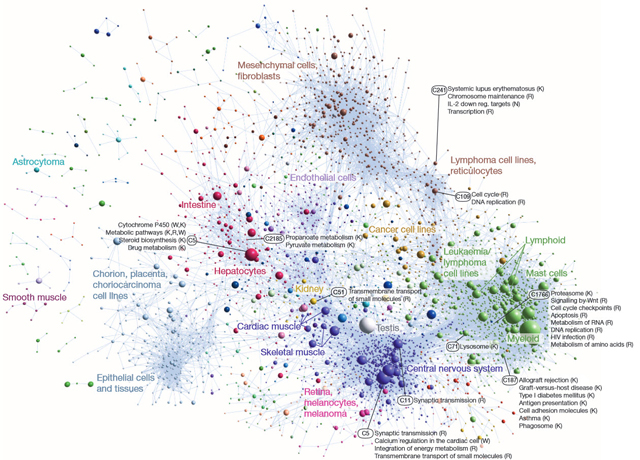Journal Scan Summary
Study Question:
Do electronic cigarettes (e-cigarettes) improve smoking cessation rates compared to other methods or placebo?
Methods:
This research letter describes data on e-cigarette use in association with quit rates. Participants from the Knowledge Networks who completed a baseline survey in November 2011 and were self-identified current smokers were included in this analysis. Follow-up was conducted through November 2012. A total of 1,549 participants completed the survey in 2011, of which 1,189 were current smokers; 81.3% completed the follow-up survey. An additional 240 provided nonsensical data and were excluded. Baseline e-cigarette (in the prior 30 days) use was measured with the yes or no question. Cigarettes used per day (continuous variable), time to first cigarette
Results:
A total of 949 participants were included in this analysis. Women, younger adults, and individuals with less education were more likely to report using e-cigarettes. At baseline, a greater proportion of e-cigarette users reported smoking their first cigarette
Conclusions:The investigators concluded that e-cigarette use by smokers was not followed by greater rates of quitting or by reduction in cigarette consumption 1 year later. Regulations should prohibit advertising claiming or suggesting that e-cigarettes are effective smoking cessation devices until claims are supported by scientific evidence.
Perspective:
These data suggest that e-cigarette use is not associated with higher quit rates. However, given the small number of e-cigarette users and use of self-reported data on smoking cessation, further study is warranted.
Author(s):
Elizabeth A. Jackson, MD, F.A.C.C. (Disclosure)
Topic(s):
Prevention/Vascular, General Cardiology, CardioMetabolic



_!/fulltexts/60b7d53340e666c008.docx/preview.png)



















